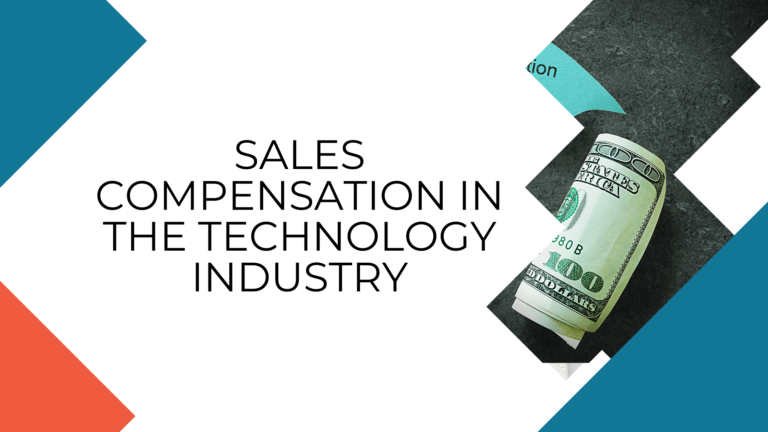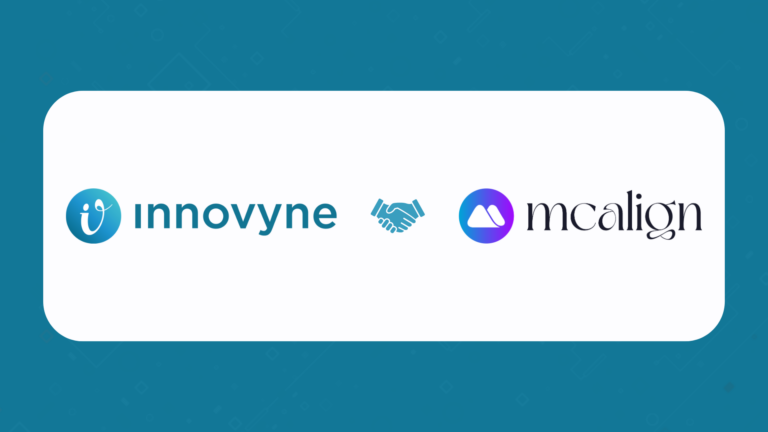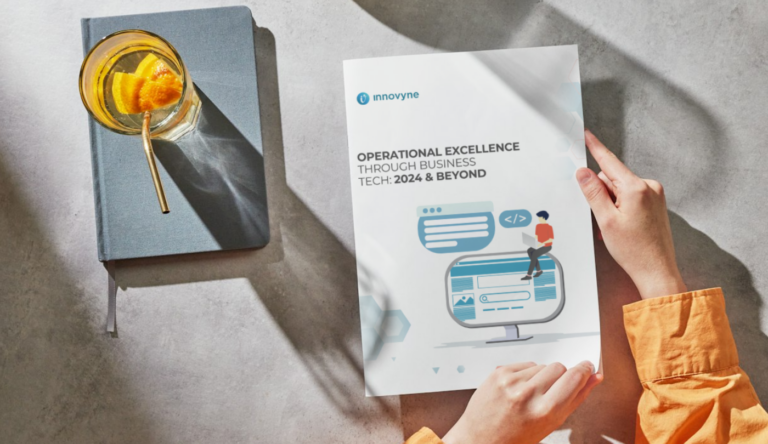In recent times, the technology industry has played a pivotal role in transforming the fabric of consumer behavior from consumer preferences to consumer expectations. This, in turn, has posed a challenge for tech companies in driving growth and sustaining profitability while trying to manage a constantly evolving market, industry and competition.
Customers no longer depend on the promise of better products but rather demand outcomes which are forcing tech companies to rethink almost all aspects of the business model from marketing and sales to product development and support. Companies are starting to heavily monitor and analyze every touchpoint with the customer in hopes of finding areas of improvement to better customer experience and increase customer loyalty to drive sustained revenue.
In this transformation, one of the critical areas for customer engagement considered the lynchpin of company growth is a highly motivated, productive salesforce. This is the reason tech companies are increasingly on the trend to design and implement innovative incentive programs to motivate, reward and retain high performers.
While organizations understand the importance and impact of well-designed sales compensation programs, many are still underinvesting in efficient compensation design and administration.
This type of underinvestment – of time and resources – results in hindering the objective of developing a successful compensation strategy to effectively inspire and enable the salesperson for goal attainment. There are three main areas where companies exercise insufficient focus:
1) Strategy
A lack of focus on compensation strategy is fatal to driving sales force effectiveness. Without the right strategy, incentive plans are in danger of being misaligned with the business priorities and either being too simple or too complex for the salesforce to understand and follow. Moreover, without a clear strategy, many companies miss the crucial aspect of governance. A strong governance infrastructure is critical in ensuring the success of the compensation program.
2) Process & Systems
Operational efficiency is a key factor in ensuring that the strategy is properly executed. The inability to access the right data at the right times, setting the right targets and managing the salesforce effectively is the key element in strategy failure.
3) Analysis & Measurement
To understand if the program is well-designed and producing returns as expected, accurate analysis is required on a regular basis. Companies tend to fall in the trap of the annual review cycles and fail to assess information at right times to hone in on the root cause of the success or failure of the program components.
To combat these challenges that are common to many companies, consider the following guidelines.
Develop a compensation philosophy
The compensation philosophy outlines the company’s thoughts on incentives and allows the design team to be clear in their expectations and limitations when going through the exercise of developing incentive programs. Questions to be addressed include – Do we know for what we are willing to pay and how much? Where do we expect to stand in relation to market pay standards? What type of compensation structures would best suit our company in light of the current market demands and how willing are we to entertain innovative incentive policies and models? A significant question to ask while mulling over the philosophy is the type of culture the team would like to foster within the organization through compensation practices.
The philosophy, in turn, forms the foundation of a clear incentive strategy and informs the team of the business priorities that need to be aligned with the compensation program.
Moreover, many organizations get tangled in the proliferation of plan designs, elements and metrics. A simple plan that distinctly highlights the priorities and objectives removes confusion on part of the salesforce, encourages buy-in and promotes easier compensation administration.
To start on the simplification journey, companies should consider establishing a robust governance model that allows the team to outline the end-to-end process from planning to assessment of the plans and define the roles and responsibilities for each step of the process. A solid governance framework brings structure to both planning and ongoing operations, thus ensuring that the compensation program is well-designed and runs smoothly.
Understand the Customer Journey
As the business model for technology companies changes, it is becoming increasingly difficult to predict and evaluate the impact of sales on each sale. Moving from a transactional to recurring revenue model has muddied the waters when it comes to compensating sales. Traditionally, a sales rep was paid when the sale was booked based on the value of the contract.
Now companies have moved to a subscription model where instead of a total contract value, the contract is signed on an annual or monthly revenue basis with incentives for extending the contract. Adding to this intricacy is the fact that the once a subscription contract is signed the sales rep has much less control over the customer engagement and is dependent on roles such as Customer Success Managers to ultimately extend the contract.
This makes evaluating the customer journey an important element to consider when defining the performance metrics for sales. Understanding prospect and customer touchpoint throughout their lifecycle – how they discover the product or service, how and why they buy, why they stay with the company and how they realize value over time – is now imperative for companies to make sure that the resulting compensation program and metrics fulfills the task of motivating, enabling and appropriately rewarding the sales force.
Revisit Processes & Systems
In compensation, there are two areas where companies can make the largest improvement. The first is to automate mundane administration tasks and free the compensation team to focus on value-added activities, The second is to empower the compensation team to conduct said value-added activities such as advanced analytics and measurement. Having the right solutions and processes in place to continuously monitor incentive programs is imperative for the modern compensation administrator to ensure that plans are effective, successful and do not present employees with any opportunities to game the system.
Mature companies are taking the next step of assessing the ROI of their sales compensation plans and how it impacts the overall growth and finances of the organization. Armed with this information, companies can run predictive models and simulations for more accurate forecasts, critical plan design changes and rapid adaptability to rapidly changing market conditions.
Download our whitepaper today to learn more about how high-tech organizations addressed their challenges through Sales Performance Solutions.



